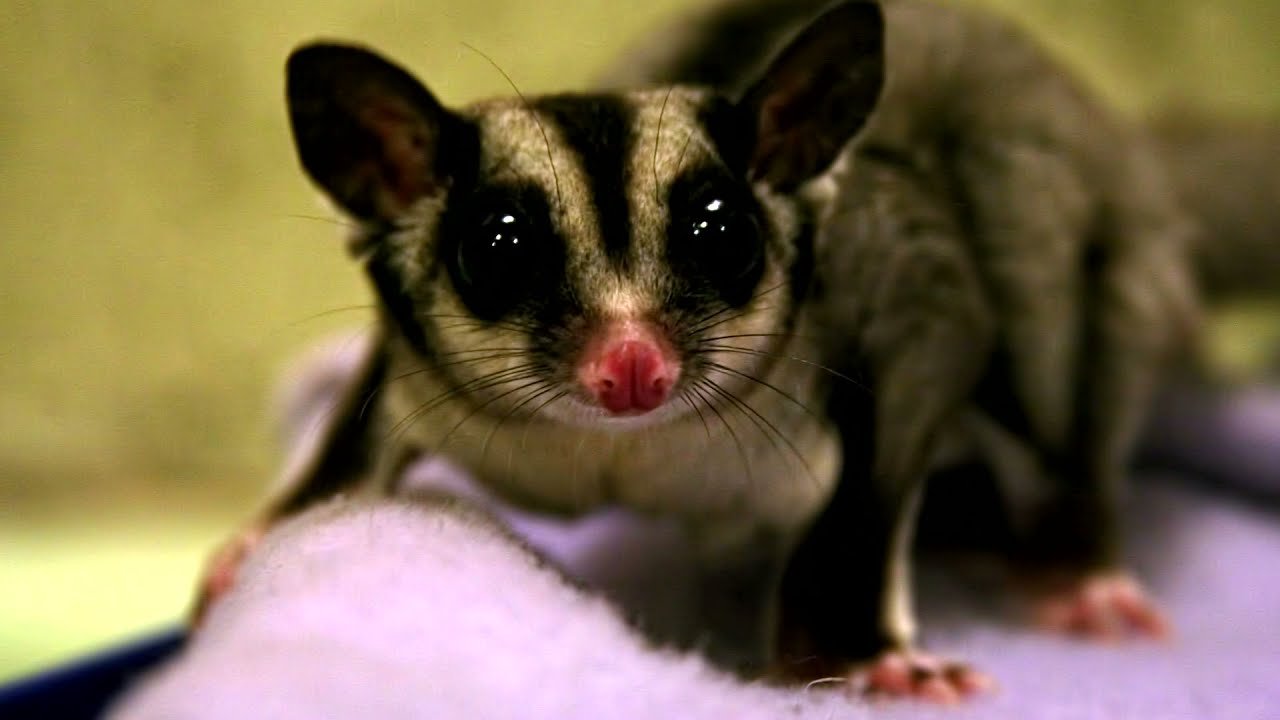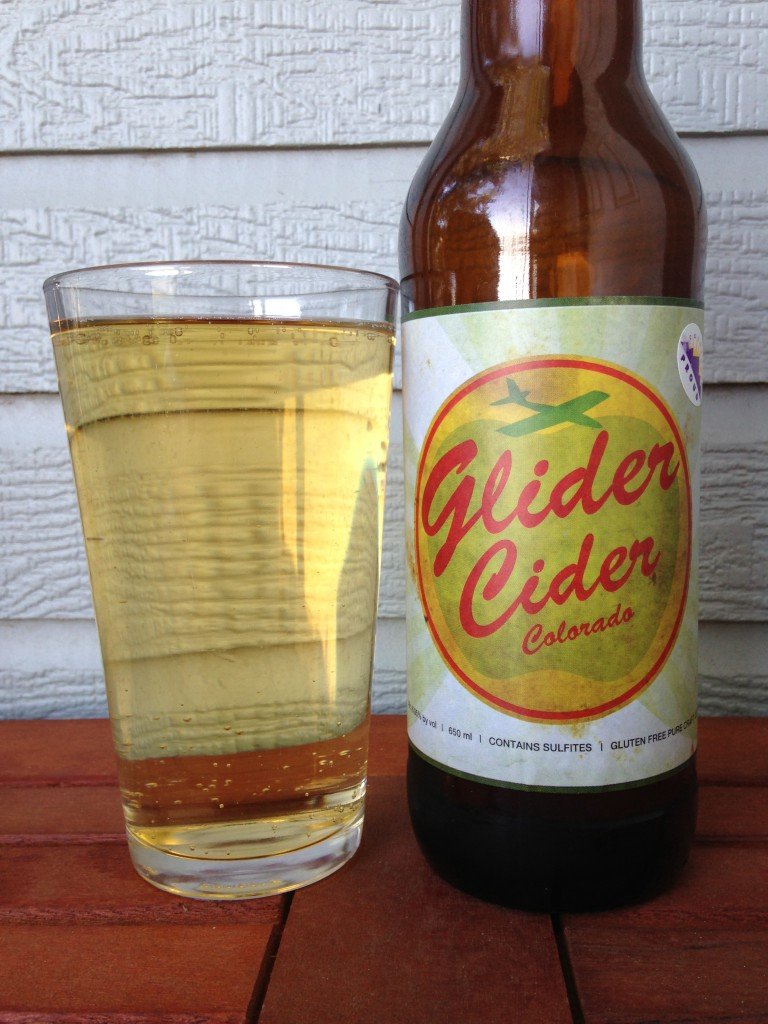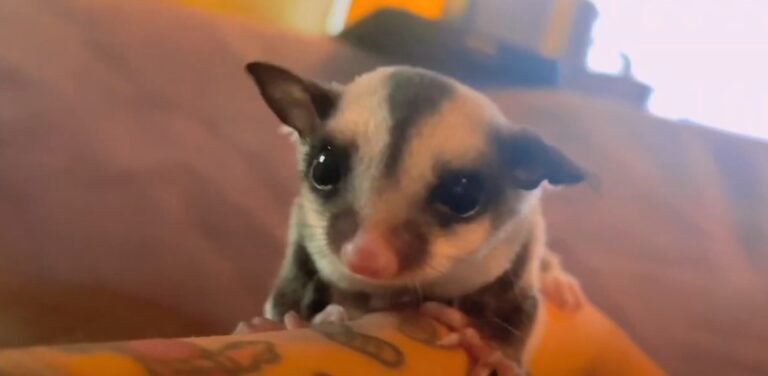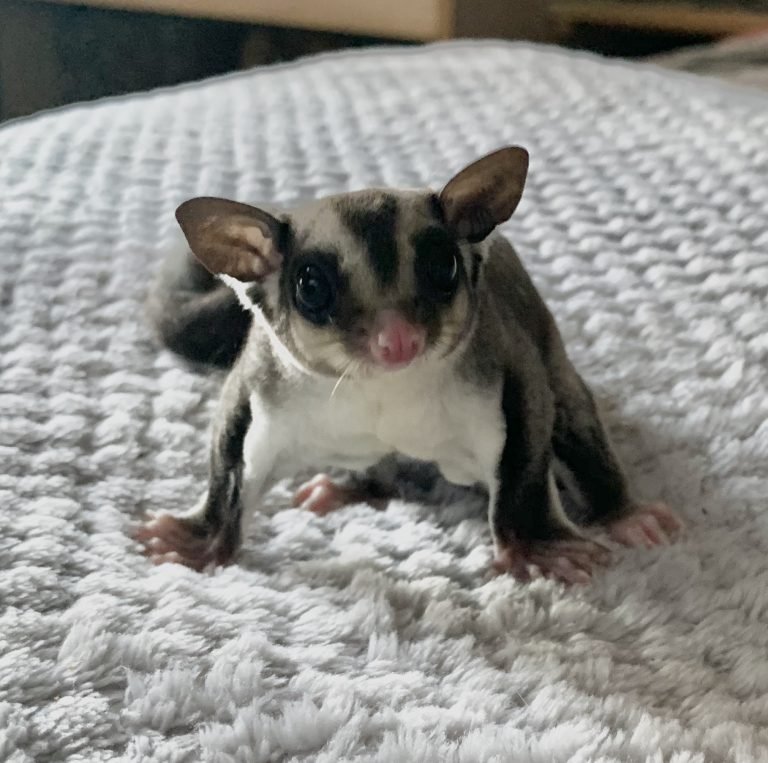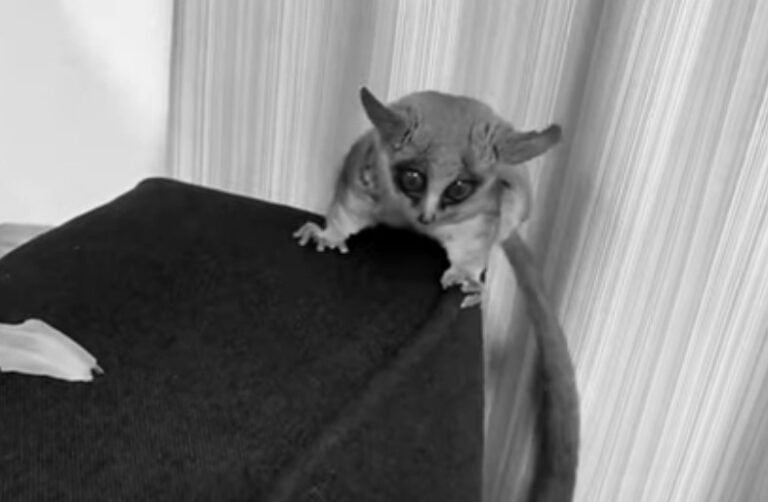Are Flying Squirrels And Sugar Gliders The Same Thing
Are Flying Squirrels and Sugar Gliders the Same Thing?
Yes, flying squirrels and sugar gliders are two different animals, despite their similar appearances and habits. While both are small, gliding mammals that can glide through the air using flaps of skin between their limbs, they belong to different families and have unique characteristics. In this article, we will explore the differences between flying squirrels and sugar gliders and shed light on their distinct features, habitats, habits, and more.
The Flying Squirrel: Masters of the Night Sky
1. Species and Taxonomy
Flying squirrels belong to the family Sciuridae, which includes squirrels, marmots, and chipmunks. There are approximately 50 recognized species of flying squirrels found across North America, Europe, and Asia. Some of the most well-known species include the Northern Flying Squirrel, Southern Flying Squirrel, and the Siberian Flying Squirrel.
2. Physical Characteristics
Flying squirrels are small rodents with soft fur and a flattened tail that helps them balance during glides. They have large, round eyes for improved night vision and retractable skin flaps, known as patagia, which extend from their forelimbs to their hindlimbs, enabling them to glide effortlessly through the air. These flaps also act as parachutes to slow down their descent.

3. Habitat and Distribution
Flying squirrels are found in diverse habitats, including forests, woodlands, and mountainous regions. They prefer areas with dense vegetation and trees that provide ample cover and nest-building opportunities. Their distribution varies depending on the species, but they are generally more prevalent in the northern hemisphere.
4. Behavior and Adaptations
Flying squirrels are primarily nocturnal creatures, being most active during the night. They are excellent gliders, capable of soaring through the air for impressive distances, often reaching up to 160 feet (50 meters) in a single glide. Their large eyes and keen senses help them navigate through the dark while locating food sources.
These tiny acrobats have also developed adaptations to aid their nighttime lifestyle. They possess a specialized liver that aids in detoxifying plant toxins encountered in their diet. Moreover, they communicate using a variety of vocalizations, including chirps, chatters, and screeches, to communicate with their fellow flying squirrels.
The Sugar Glider: Masters of Stealth
1. Species and Taxonomy
Sugar gliders belong to the family Petauridae, which is part of the larger order of marsupials. There is a single recognized species, the Sugar Glider (Petaurus breviceps), found primarily in Australia, Indonesia, and Papua New Guinea.
2. Physical Characteristics
Sugar gliders are small, squirrel-like creatures with a membrane of skin that connects their wrists to their ankles, allowing them to glide smoothly through the air. Their fur is soft and usually varies in color, ranging from gray to brownish-black. They have a distinct patagium, which extends from their fifth finger to their toes, enabling them to glide up to 150 feet (45 meters) in a single glide.
3. Habitat and Distribution
Sugar gliders inhabit forests, woodlands, and even urban areas, as they are relatively adaptable. They are primarily found in Australia, especially along the eastern and northern coasts, but have also been introduced to Tasmania, Indonesia, and New Zealand.
4. Behavior and Adaptations
Sugar gliders are highly social animals known for their nocturnal behavior. They spend their nights foraging for food, gliding between trees, and engaging in complex social interactions. They form tight-knit family groups known as “colonies” and use vocalizations, such as soft chatters and squeaks, to communicate with one another.
These arboreal marsupials have a unique adaptation that separates them from other gliding mammals. They have a gliding membrane that stretches from the wrist to the ankle, forming a “patagium.” This membrane, combined with their sharp claws, allows them to grip tree trunks and navigate their environment with ease.
Frequently Asked Questions
1.Are flying squirrels and sugar gliders related?
Despite their similar gliding abilities, **flying squirrels and sugar gliders are not closely related**. Flying squirrels are rodents belonging to the squirrel family Sciuridae, while sugar gliders are marsupials from the family Petauridae.
2.Can flying squirrels and sugar gliders be kept as pets?
Yes, both flying squirrels and sugar gliders can be kept as pets in some regions, but it is important to research and understand their specific care requirements before considering them as pets. They have specific environmental, dietary, and social needs that must be met for their well-being.
3.Are flying squirrels and sugar gliders endangered?
The conservation status of flying squirrel species varies depending on the region and species. Some populations are stable, while others face threats due to habitat loss and fragmentation. Sugar gliders are not currently classified as endangered, although habitat destruction and the pet trade may impact their populations in some areas.
Final Thoughts
In conclusion, while both flying squirrels and sugar gliders have the ability to glide through the air, they are distinct animals with different taxonomic classifications, physical characteristics, habitats, and adaptations. Understanding these differences is essential for appreciating the uniqueness of each species and providing appropriate care should they be kept as pets. So, the next time you encounter a gliding creature, you’ll know whether it’s a flying squirrel or a sugar glider!

